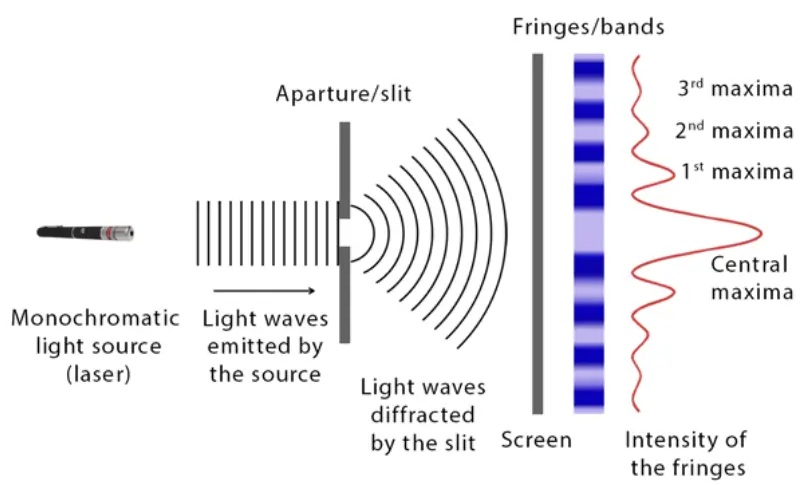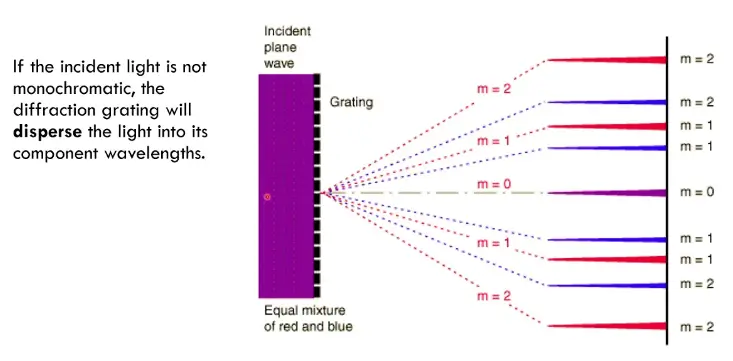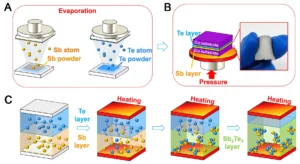Light, as a fundamental element of our universe, behaves in fascinating ways when it encounters obstacles or passes through small openings. One of the phenomena that elucidate this behaviour is diffraction. Diffraction refers to the bending of light waves around obstacles and the spreading of light waves when they encounter an aperture or an edge. This phenomenon has intrigued scientists and philosophers for centuries, leading to significant advancements in our understanding of light and wave theory. In this article, we will delve into the definition, types, and examples of light diffraction, unraveling its complexities and implications across various fields of science and technology.

Types of Diffraction:

1. Fraunhofer Diffraction: Fraunhofer diffraction, named after the German physicist Joseph von Fraunhofer, occurs when light waves diffract after passing through a single slit or aperture. In this type of diffraction, the light source, slit, and screen (where the diffraction pattern is observed) are all at a considerable distance from each other. The resulting diffraction pattern consists of a central bright maximum flanked by alternating bright and dark fringes, known as diffraction orders.
2. Fresnel Diffraction: Fresnel diffraction, named after the French engineer Augustin-Jean Fresnel, occurs when light waves diffract after passing through a narrow slit or aperture, and the light source, slit, and screen are relatively close to each other. Unlike Fraunhofer diffraction, Fresnel diffraction considers the curvature of wavefronts,

leading to more complex diffraction patterns. Fresnel diffraction finds applications in various fields, including microscopy and astronomy.
4. Grating Diffraction: Grating diffraction involves the diffraction of light waves by a periodic array of slits or gratings. Gratings can be either reflective or transmissive, and they produce distinctive diffraction patterns characterized by multiple orders of maxima and minima. Grating diffraction is widely utilized in spectroscopy, where it enables the analysis of light spectra and the determination of material properties.

Examples of Diffraction:
- Single-Slit Diffraction: A classic example of diffraction is observed when light passes through a narrow slit. As light waves encounter the edges of the slit, they diffract and produce a pattern of alternating bright and dark fringes on a screen placed behind the slit. This phenomenon demonstrates the wave nature of light and is commonly illustrated in introductory physics laboratories.
- Double-Slit Diffraction: Double-slit diffraction involves light passing through two closely spaced slits, resulting in an interference pattern characterized by alternating bright and dark fringes. This phenomenon was famously demonstrated by Thomas Young in his double-slit experiment, providing compelling evidence for the wave theory of light and laying the foundation for the field of quantum mechanics.
- X-ray Diffraction: X-ray diffraction is a powerful technique used to study the atomic and molecular structure of materials. When X-rays encounter a crystalline sample, they undergo diffraction due to the periodic arrangement of atoms within the crystal lattice. By analysing the diffraction pattern produced by X-rays, scientists can determine the spatial arrangement of atoms in the material, leading to insights into its properties and behaviour.
- Acoustic Diffraction: While diffraction is often associated with light waves, similar phenomena occur with other types of waves, including sound waves. Acoustic diffraction occurs when sound waves encounter obstacles or pass through openings, leading to the bending and spreading of the waves. This phenomenon is exploited in various applications, such as designing concert hall acoustics and optimising the performance of ultrasound imaging systems.
Conclusion:
Diffraction is a remarkable phenomenon that exemplifies the wave nature of light and other types of waves. From the bending of light around obstacles to the intricate diffraction patterns produced by gratings, diffraction plays a crucial role in diverse fields ranging from physics and engineering to biology and materials science. By understanding the principles of diffraction and harnessing its capabilities, scientists and engineers continue to push the boundaries of knowledge and innovation, unlocking new insights into the nature of our universe.




